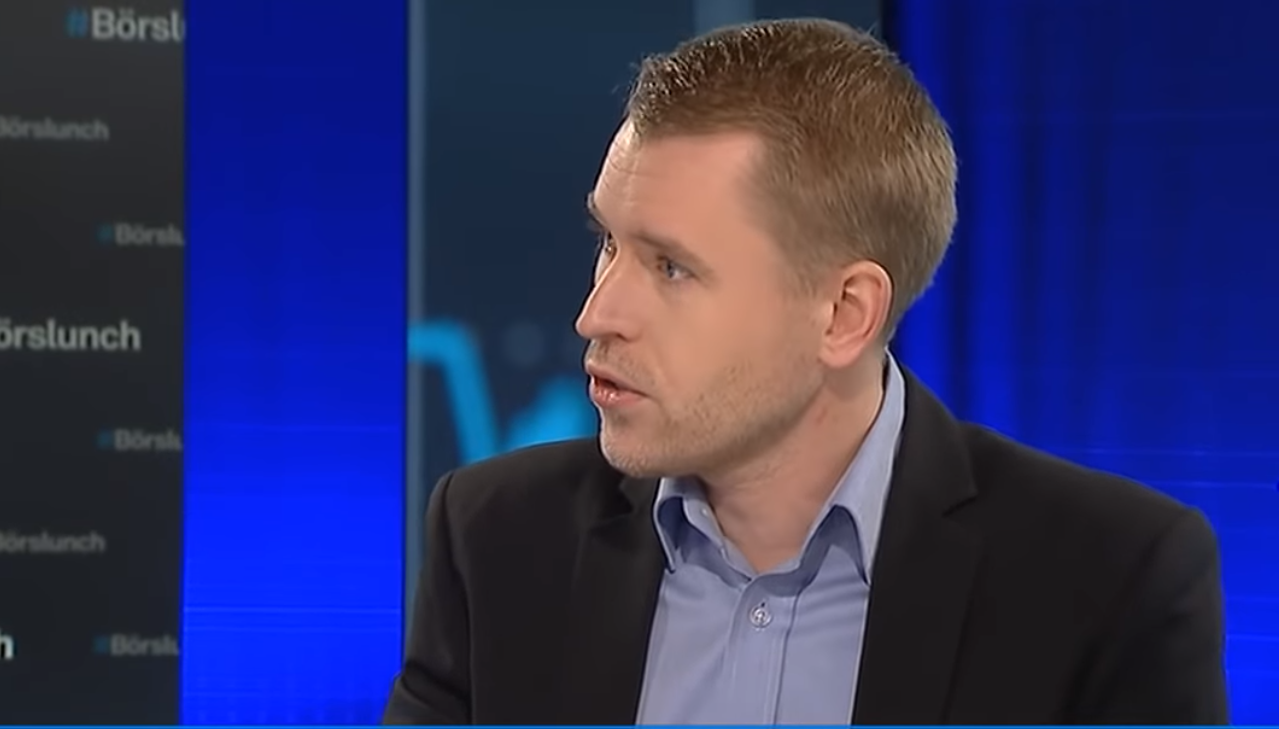Analys från DailyFX
USD/JPY Technical Analysis: Hanging By a Bullish Thread
Talking Points:
- USD/JPY Technical Strategy: watching move to bottom of bullish channel for pivot
- JPY MXN Demanding Focus Ahead of Nov. 8 Presidential Election
- USD/JPY False Breakout Coincides with US SP 500 Breakdown
USD/JPY has had a rocky start to November, and the volatility has had little if anything to do with the Central Bank meetings of the Bank of Japan and the Fed. All focus has been on around the Presidential Election in the U.S., which have had volatile polling showing both Trump Clinton edging a lead depending on the poll you see.
The tight race has led to a lot of volatility in the Mexican Peso and the Japanese Yen. The Mexican Peso has been a proxy for the presumed damage of trade relations should Trump win the presidency, whereas the JPY has strengthened on the presumed global uncertainty that would likely lead to short-term selling in risk assets until the dust settles on November 9 regardless of who wins.
Access Our Free Q4 Trading Guides That Focus On Tradeable Themes Here
We have also seen a ~2% decline in the DXY from late October through the Federal Reserve announcement on Wednesday favored waiting for a rate hike presumably due to the election. The market is pricing in a near 80% probability of a rate hike when the Federal Reserve meets on December 14. However, there is not a priced in second hike that would take the rate between 0.75-1% through 2018. Therefore, it is unlikely that there will be a Fed surprise that would strengthen the USD, which leaves the heavy lifting of USD/JPY on the Yen.
One last note from the options market is that there remains a heavy negative skew on the one month 25-delta Risk Reversal on JPY crosses. A negative skew shows that there is an obvious bias for Put demand over Call demand, which means there is an options market preference to buy JPY and not sell JPY at a ratio of 2.09:1. As of Thursday, the bias for puts calls at a ratio of is more prevalent in commodity currencies and the British Pound. While there are signs that the upside could pick up after the election, it’s obvious that there is a strong resistance from the premium that options traders are paying to capture JPY upside.
D1 USD/JPY Chart: Volatility Anticipated Ahead Of Election, Support Anticipated at 102.16
Chart Created by Tyler Yell, CMT, Courtesy of TradingView
Driven by a persistent fall in the US Dollar and knee-jerk moves higher in JPY around the election polling presenting uncertainty around the outcome, USDJPY has traded around 103 on Thursday.
From a technical standpoint, it’s worth watching three key levels that appear on the chart above. The first is the Ichimoku Cloud that aligns with the key Fibonacci retracement zone. I define the key retracement zone as 38.2-61.8% of the prior advance, which consumes 103.45-102.16 on the chart. There is also an alignment of a corrective low on October 10 that aligns with the 50% retracement at 102.80, where we should watch to see if the price can remain above there on a closing basis.
The next component of support to watch on the chart above is the Ichimoku Cloud, which goes down to 101.80. Given how well Ichimoku has framed strong trends in USD/JPY over the years, it’s worth watching to see if this first move of the price above the Cloud holds, which could precede a breakout if the DXY weakness can reverse.
Register For a Free Ichimoku Trading Webinar Hosted by Tyler Yell, CMT on Wednesday 3 pm EST
Lastly, the Andrew’s Pitchfork Channel drawn off the extreme close on August 16 that registered an extreme for RSI (5) and pivots in September. The lower-bound channel or lower parallel to the median line align with 102/103. Naturally, we’re simply looking for favorable odds or an edge, which doesn’t surface in my opinion until resistance begins breaking.
For now, the move lower is being watched for a bottoming process. The resistance levels that if broken would encourage bulls would be a close above the 21-DMA at 103.97 and the 9-Period Midpoint or Kijun-Sen at 104.08.
Shorter-Term USD/JPY Technical Levels: November 3, 2016
For those interested in shorter-term levels of focus than the ones above, these levels signal important potential pivot levels over the next 48-hours.
Analys från DailyFX
EURUSD Weekly Technical Analysis: New Month, More Weakness
What’s inside:
- EURUSD broke the ‘neckline’ of a bearish ‘head-and-shoulders’ pattern, April trend-line
- Resistance in vicinity of 11825/80 likely to keep a lid on further strength
- Targeting the low to mid-11600s with more selling
Confidence is essential to successful trading, see this new guide – ’Building Confidence in Trading’.
Coming into last week we pointed out the likelihood of finally seeing a resolution of the range EURUSD had been stuck in for the past few weeks, and one of the outcomes we made note of as a possibility was for the triggering of a ’head-and-shoulders’ pattern. Indeed, we saw a break of the ’neckline’ along with a drop below the April trend-line. This led to decent selling before a minor bounce took shape during the latter part of last week.
Looking ahead to next week the euro is set up for further losses as the path of least resistance has turned lower. Looking to a capper on any further strength there is resistance in the 11825-11880 area (old support becomes new resistance). As long as the euro stays below this area a downward bias will remain firmly intact.
Looking lower towards support eyes will be on the August low at 11662 and the 2016 high of 11616, of which the latter just happens to align almost precisely with the measured move target of the ‘head-and-shoulders’ pattern (determined by subtracting the height of the pattern from the neckline).
Bottom line: Shorts look set to have the upperhand as a fresh month gets underway as long as the euro remains capped by resistance. On weakness, we’ll be watching how the euro responds to a drop into support levels.
For a longer-term outlook on EURUSD, check out the just released Q4 Forecast.
EURUSD: Daily
—Written by Paul Robinson, Market Analyst
You can receive Paul’s analysis directly via email bysigning up here.
You can follow Paul on Twitter at@PaulRobinonFX.
Analys från DailyFX
Euro Bias Mixed Heading into October, Q4’17

Why and how do we use IG Client Sentiment in trading? See our guide and real-time data.
EURUSD: Retail trader data shows 37.3% of traders are net-long with the ratio of traders short to long at 1.68 to 1. In fact, traders have remained net-short since Apr 18 when EURUSD traded near 1.07831; price has moved 9.6% higher since then. The number of traders net-long is 15.4% lower than yesterday and 16.4% higher from last week, while the number of traders net-short is 0.4% higher than yesterday and 10.5% lower from last week.
We typically take a contrarian view to crowd sentiment, and the fact traders are net-short suggests EURUSD prices may continue to rise. Positioning is more net-short than yesterday but less net-short from last week. The combination of current sentiment and recent changes gives us a further mixed EURUSD trading bias.
— Written by Christopher Vecchio, CFA, Senior Currency Strategist
To contact Christopher Vecchio, e-mail cvecchio@dailyfx.com
Follow him on Twitter at @CVecchioFX
To be added to Christopher’s e-mail distribution list, please fill out this form
Analys från DailyFX
British Pound Reversal Potential Persists Heading into New Quarter

Why and how do we use IG Client Sentiment in trading? See our guide and real-time data.
GBPUSD: Retail trader data shows 38.2% of traders are net-long with the ratio of traders short to long at 1.62 to 1. In fact, traders have remained net-short since Sep 05 when GBPUSD traded near 1.29615; price has moved 3.4% higher since then. The number of traders net-long is 0.1% higher than yesterday and 13.4% higher from last week, while the number of traders net-short is 10.6% lower than yesterday and 18.3% lower from last week.
We typically take a contrarian view to crowd sentiment, and the fact traders are net-short suggests GBPUSD prices may continue to rise. Yet traders are less net-short than yesterday and compared with last week. Recent changes in sentiment warn that the current GBPUSD price trend may soon reverse lower despite the fact traders remain net-short.
— Written by Christopher Vecchio, CFA, Senior Currency Strategist
To contact Christopher Vecchio, e-mail cvecchio@dailyfx.com
Follow him on Twitter at @CVecchioFX
To be added to Christopher’s e-mail distribution list, please fill out this form
-
Analys från DailyFX10 år ago
EUR/USD Flirts with Monthly Close Under 30 Year Trendline
-
Marknadsnyheter5 år ago
BrainCool AB (publ): erhåller bidrag (grant) om 0,9 MSEK från Vinnova för bolagets projekt inom behandling av covid-19 patienter med hög feber
-

 Marknadsnyheter2 år ago
Marknadsnyheter2 år agoUpptäck de bästa verktygen för att analysera Bitcoin!
-
Analys från DailyFX12 år ago
Japanese Yen Breakout or Fakeout? ZAR/JPY May Provide the Answer
-

 Marknadsnyheter2 år ago
Marknadsnyheter2 år agoDärför föredrar svenska spelare att spela via mobiltelefonen
-
Analys från DailyFX12 år ago
Price & Time: Key Levels to Watch in the Aftermath of NFP
-
Analys från DailyFX8 år ago
Gold Prices Falter at Resistance: Is the Bullish Run Finished?
-

 Nyheter7 år ago
Nyheter7 år agoTeknisk analys med Martin Hallström och Nils Brobacke












